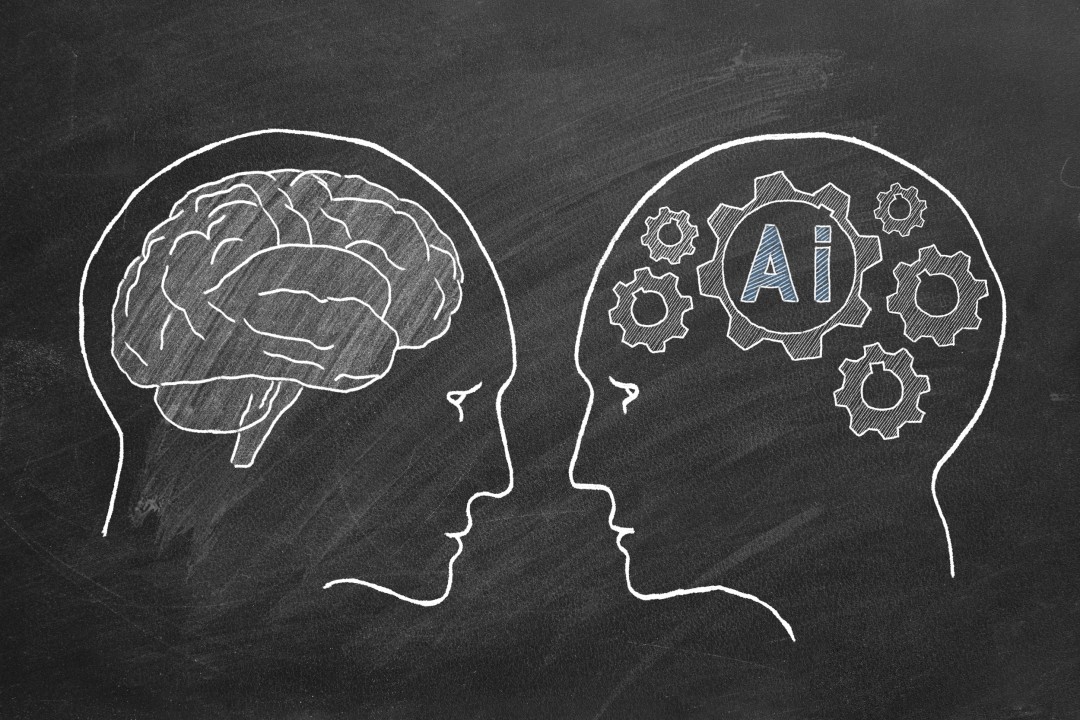Finding the Balance: Embracing AI in the Media Without Losing Control

Midjourney has announced the launch of a new monthly print magazine, also named 'Midjourney.' The publication will feature a selection of realistic images generated by the company's AI-powered art generator, which creates images based on user input. The magazine will showcase images rated highest by the Midjourney community members from a pool of over 10,000 options. Additionally, interviews with image makers and Midjourney enthusiasts will be included in the publication.
A subscription to the magazine will cost $4 per month, with a free first issue offered to early subscribers. Midjourney offers a range of subscription tiers, with options ranging from free to 'Pro' at $60 per month. The Midjourney Community Showcase page provides a platform for users to submit and rate images.
The magazine aims to celebrate the creativity and imagination of the Midjourney community, which uses the company's AI-powered art generator to create realistic images based on text input. While it is unclear whether AI chatbots will conduct the interviews, the company's announcement on Twitter has generated excitement and anticipation among its followers.
However, the question remains whether potential subscribers would be willing to pay for print copies of images that are freely available online.
Related: How to use Midjourney v5

AI-generated controversy
As AI technology continues to transform the media industry, traditional media outlets are recognizing the need to adapt to these new technologies in order to remain competitive. CNET's recent decision to lay off 10% of its employees and shift its focus to AI-generated content underscores this trend. However, the use of AI in content creation has not been without challenges, as inaccuracies and errors in the AI's output have been a recurring problem.
Despite these challenges, media companies are continuing to invest in AI technology, with many exploring new ways to incorporate it into their content production processes. The potential benefits of using AI in content creation, such as increased efficiency and accuracy, are too great to ignore. Nevertheless, media companies must also be mindful of the limitations and challenges of using AI-generated content, such as concerns around quality, originality, and authenticity.
In this rapidly evolving landscape of AI and media, Midjourney's new magazine represents a bold move into uncharted territory. Its success will depend on a range of factors, such as the quality and originality of its content, the effectiveness of its distribution channels, and the receptivity of its target audience. As the media industry continues to grapple with the challenges and opportunities of AI, Midjourney's magazine may serve as a bellwether for the future of AI-powered media.

A changing landscape
In early March, the CEO of Axel Springer, the parent company of Insider and Politico, warned employees that artificial intelligence could either enhance or replace independent journalism. He noted that only those who produce the best original content will survive in this new landscape.
The impact of AI on the media industry is already being felt. For example, Clarkesworld, a science fiction magazine, recently had to close submissions to the public due to a deluge of shoddy short stories penned by AI. The editor of the magazine, Neil Clarke, expressed his frustration, stating that the problem of AI-generated content is not going away anytime soon. While some solutions have been suggested to minimize this problem, there is no clear answer yet on how to address this challenge.
How to adopt AI without relinquishing control of the media industry
The media industry can reap numerous benefits from embracing AI technology, including increased efficiency, accuracy, and productivity. However, it is vital to ensure that AI is used in tandem with human creativity and expertise, rather than as a replacement for them. There’s a caveat, though. There’s only hope for this human-AI collaboration if the utilities currently on offer improve. In their current form, AI cannot create content that meets the standards of the media industry or individual media companies. In any event, here are several methods that media companies can use to integrate AI while maintaining control:
- Define clear goals and boundaries: By clearly outlining the role of AI in their content creation process and its limitations, media companies can ensure that AI complements human input and aligns with the organization's objectives.
- Establish a human-AI collaboration: Media companies can foster a collaborative environment between human journalists and AI systems by working together. AI can assist journalists in research, data analysis, and fact-checking, while humans can provide the creativity and context that AI lacks.
- Continuously evaluate and optimize: To ensure that AI systems remain effective and relevant, media companies must continuously evaluate and optimize them. By monitoring AI systems closely, media companies can continually find ways to improve their performance, accuracy, and efficiency.
- Maintain editorial oversight: Editorial oversight and quality control are crucial in ensuring that AI-generated content meets editorial standards and is free from errors, bias, and inaccuracies. Media companies must ensure that AI in content creation does not serve as a substitute for editorial oversight.
By adopting these best practices, media companies can embrace AI technology while maintaining control over their content creation processes. By leveraging the strengths of AI and human creativity, expertise, and judgment, media companies can produce engaging and high-quality content that resonates with their audience.
AI is the future, but to what degree?
As AI continues to evolve and become more accessible, it is likely that we will see more examples of its impact on the media industry. While AI technology can enhance the efficiency and accuracy of certain tasks, it remains to be seen how it will impact the quality and originality of content produced by human journalists and writers. It is essential for media companies to prioritize the creation of high-quality original content that cannot be replicated by AI, to ensure their survival and success in this changing landscape.






















AI powered machines would be great to do the monotone and boring jobs, so people can do more freely what they really want and focus on creative work, art and expressing themselves. Ofc in the capitalist economy we live under only cares about maximizing profit in every field and following the lie of infinite growth. Using AI in any creative work is a sad joke with zero actual value and solely money behind it.
AI is a terrific tool for selecting the next employees to be let go. Saving the business money over time.